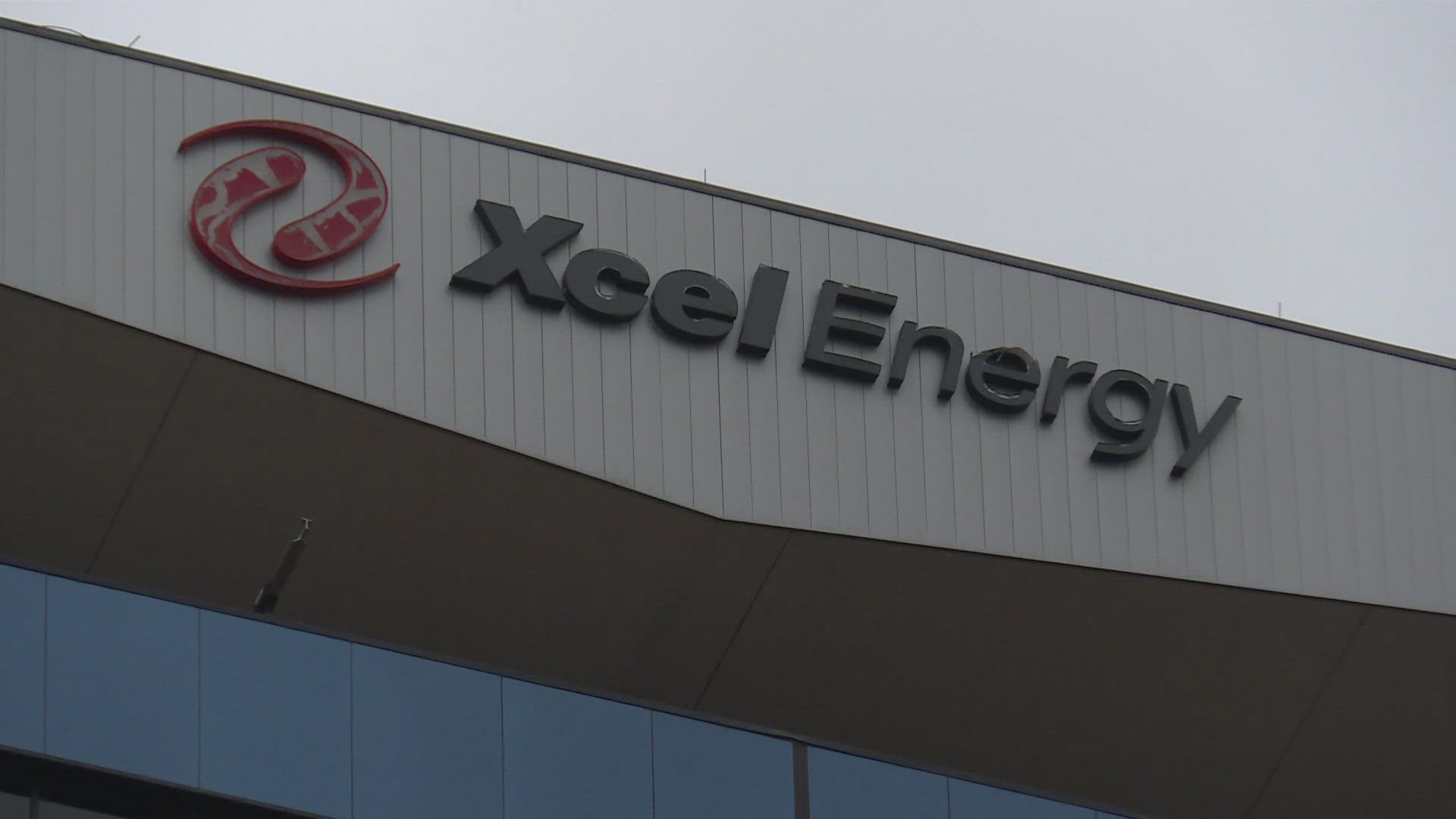DENVER — Xcel Energy is prepared to ask state regulators to expand and shift when it charges the highest rate for electricity.
Next Tuesday, Xcel will submit its proposal for Time of Use rates starting in May 2025. The current peak rates are 3-7 p.m. on weekdays, except for holidays.
A draft proposal obtained by 9NEWS shows summertime peak rates expanding to six hours, from 3-9 p.m. However, those six hours would be at a cheaper rate (16.4 cents/kWh) than the current four-hour peak rate (20.9 cents/ kWh).
The off-peak rate would be all other hours, weekends and holidays and is currently proposed at 8.2 cents/ kWh compared to the current 7.75 cents/ kWh. Mid-peak shoulder rates from 1-3 p.m. would go away altogether.
Winter peak rates would shift under the proposal to 5-9 p.m. Those four hours would be at a cheaper rate (10.5 cents/ kWh) than the current four-hour peak rate (13.1 cents/ kWh).
Just like the summer off-peak, the winter off-peak is proposed at 8.2 cents/ kWh compared to the current 7.75 cents/ kWh.
“You can't ask the kids to, ‘oh, let's pile up on the couch and play video games and watch a movie’ at 9 p.m., on a school night. Doesn't work,” Cindy Schonhaut, Director of the Office of Utility Consumer Advocate, said.
The Office of Utility Consumer Advocate represents Xcel customers in front of the Public Utilities Commission (PUC).
The proposal to change Time of Use rates and the times would take effect in May. Xcel considers winter to be October through May. Summer rates are from June through September.
“Some people have only recently gotten their new smart meters,” Schonhaut said. “So, you just adjusted to the 3-7 p.m. highest prices, and now within a year or less, you'd be asked to change those habits.”
In an emailed statement, Xcel explained why it might seek a time change for peak rates.
“We’ve conducted multiple studies to understand when customers use electricity and the cost of generating and delivering electricity from a renewable-dependent system," an Xcel spokesperson said. "We will propose to better align Time of Use (TOU) pricing to incentivize customer use when the sun and wind are generating the most electricity. For example, we found that we use the most fossil fuel generation after the sun sets when solar generation is low, but customer usage remains relatively high.”
“Who has time in the morning when you get the kids ready for school, to get your laundry done, cook for dinner?" Schonhaut asked. "I mean, by then, the kids are out the door in their pajamas getting on the school bus, right? You have to have some rhythm of family life that everyone has.”
Schonhaut said the change, which would be when most people are home from school and work, would be easier for people who have modern appliances that can be programmed to start at certain times.
“For consumers who really look at things much more paycheck-to-paycheck, it's going to be super difficult," Schonhaut said. "They can't really invest in new appliances. For consumers who have money. They have options.”
Xcel said this was not a profit move.
“The proposed changes will not impact Xcel Energy revenue," an Xcel spokesperson said. "TOU rates are designed to incentivize customers to help us reduce system costs.”
“The company will never lose money," Schonhaut said. "They don't propose anything that will end up giving them less money.”
Xcel’s presentation laid out how it would notify customers starting in October, through their bills and online.
“We'd like to see a robust communications and education outreach effort by the company,” Schonhaut said.
Schonhaut wanted to know if Xcel would incentivize customers to use energy at specific times by lowering their off-peak rate. Part of Xcel’s proposal showed that it generates the most wind energy in the summer between 8-10 a.m. and in the winter between 11 a.m. and 1 p.m.
“They have to, basically, push the wind off their system, which is called curtailing it, so it's not used by anybody, even though it creates the cheapest electricity,” Schonhaut said. “Why not incentivize people to use electricity to the extent they can during that time?”
“Regarding your question about incentivizing a cheaper rate to encourage use during curtailment periods, we’re looking into the idea,” an Xcel spokesperson said.

